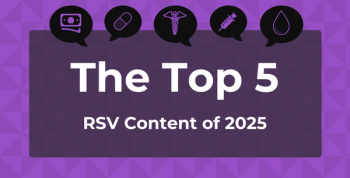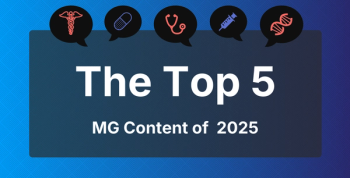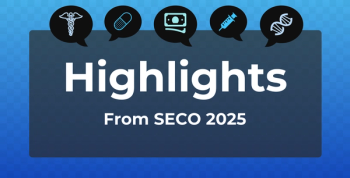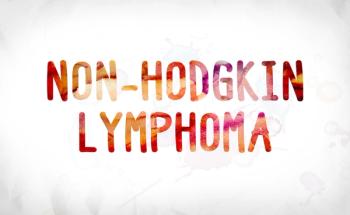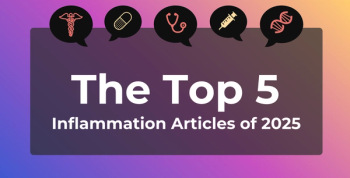
How Effective Hospital Pharmacy Operations Can Diminish Surprise Billing for Patients
Nearly 28.5 million Americans are uninsured or underinsured, leaving them at risk for medical costs they may not be able to afford. Surprise billing is particularly problematic for acute, or emergency cases.
Nearly 28.5 million Americans are uninsured or underinsured1, leaving them at risk for medical costs they may not be able to afford. Surprise billing is particularly problematic for acute, or emergency cases. For example, a patient presents to the emergency room (ER) with symptoms of an acute ischemic stroke and is given a thrombolytic agent based on stroke treatment protocols. As an emergent situation, there was no discussion about prescription coverage or costs. Imagine the patient’s surprise when they receive an approximately $8000 bill for that medication.
That’s where our
Effective hospital pharmacies support the patient
Our team helps hospitals successfully manage the ever-evolving PAP complexities by providing end-to-end recovery services, including identifying eligible patients, completing and verifying enrollment, and facilitating product recovery.
Identifying eligible patients
An effective PAP recovery program will lean on accounting, transactional and scheduling data to mine for all potential opportunities. Working within these three platforms are critical to catching previously missed opportunities. It’s going to look different for your health system, but gathering all data outputs will position you for success. The most successful PAP recovery programs will include dynamic software providing the benefit of collecting data and screening for potential opportunities, automatically. From the ER and behavioral health clinics to cancer centers and physician practices, your health system should identify and apply for all PAP opportunities.
Completing and verifying enrollment
Eligibility guidelines for PAP are complex. Each application is different and with more than 1000 eligibility programs, this process has the potential to be a major roadblock for all pharmacies. Our PAP experts are available to verify income information or capture signatures — whatever it takes. Know that this part of the process, following and engaging each application is the difference between an average or successful PAP.
Facilitating product recovery
Once a patient is enrolled into a program the process isn’t over. Each shipment should be coordinated, verified, tracked and issued an adjustment. Logistics are key here. Medicines can be delivered to the hospital, but you’ll then need to coordinate with the physician or office practice, or you’ll need to track delivery directly to the patient. This takes an expertise and a unique skill set to keep this process moving.
The savings for hospitals and patients
Over the past year, our team has supported over 13,000 patients and coordinated more than 21,500 free drug shipments through PAP. We saved patients more than $160 million in 2018; and when 1 in 6 ER visits results in a surprise bill2, we encourage health systems to review their pharmacy operations for the opportunity to implement a PAP. It’s saving patients from avoidable sticker shock after life-saving medical procedures, and it’s impacting health systems’ bottom line.
References
- Berchick E, Hood E, Barnett J. Health Insurance Coverage in the United States: 2017. Washington, DC: United States Census Bureau; 2018. census.gov/content/dam/Census/library/publications/2018/demo/p60-264.pdf. Accessed September 11, 2019.
- Pollitz K, Rae M, Claxton G, Cox C, Levitt L. An Examination of Surprise Medical Bills and Proposals to Protect Consumers from Them. San Francisco, CA: Kaiser Family Foundation; 2019. kff.org/health-costs/issue-brief/an-examination-of-surprise-medical-bills-and-proposals-to-protect-consumers-from-them/. Accessed September 11, 2019.
When utilizing a robust PAP, hospitals can also see
Newsletter
Stay ahead of policy, cost, and value—subscribe to AJMC for expert insights at the intersection of clinical care and health economics.

